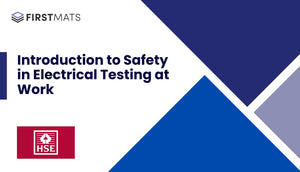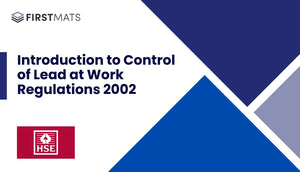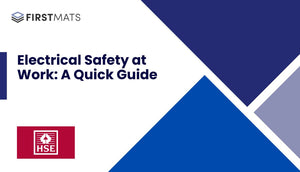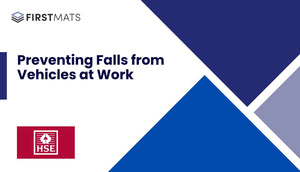Article Index:
Executive Summary of the HSE Report on Work-related Asthma Statistics, 2023
This blog post provides an executive summary of the Health and Safety Executive (HSE) report on work-related asthma statistics for the year 2023. The report provides detailed insights into the incidence of work-related asthma, its causes, and the industries most affected. Here are the key facts and statistics from the report:
1. Annual incidence of occupational asthma increased prior to the coronavirus pandemic
According to the HSE report, statistical modelling of the Health and Occupation Reporting (THOR) data showed an upward trend in the annual incidence of occupational asthma in the five years prior to the coronavirus pandemic (2015 to 2019). The estimated new cases in 2019 were 198. However, the incidence reduced over the period 2020 to 2022, likely due to the effects of the coronavirus pandemic. (Source: HSE Report, Page 4)
2. 65 new cases of occupational asthma were assessed for Industrial Injuries Disablement Benefit (IIDB) in 2022
The number of new cases of occupational asthma assessed for IIDB in 2022 was 65, compared to 50 in 2021 and an average of around 35 per year for the three-year period 2017 to 2019. This suggests an upward trend in the number of severe cases of occupational asthma. (Source: HSE Report, Page 4)
3. An estimated 19,000 annual new cases of self-reported 'breathing or lung problems' are caused or made worse by work
According to the Labour Force Surveys over the last three years, there are approximately 19,000 annual new cases of self-reported ‘breathing or lung problems’ caused or made worse by work. A significant proportion of these cases may be work-related asthma. (Source: HSE Report, Page 4)
4. 'Flour' and 'Isocyanates' were the most common causes of occupational asthma
The most common causes of occupational asthma cited by chest physicians in recent years prior to 2020 were 'Flour' and 'Isocyanates'. These agents accounted for 30 of the 65 new IIDB cases assessed in 2022. (Source: HSE Report, Page 4)
5. The overall incidence of occupational asthma over the period 1998-2022 was -5.5%
Statistical modelling by the University of Manchester suggests that the estimated annual change in incidence of occupational asthma over the period 1998-2022 was -5.5%, indicating a general decline in the incidence over this period. However, there was a tendency for the incidence to increase between 2014 and 2019. (Source: HSE Report, Page 6)
6. There were an estimated 43,000 prevalent cases of self-reported 'breathing or lung problems' each year caused or made worse by work
According to the Labour Force Survey (LFS) over the last three years, there were an estimated 43,000 prevalent cases of self-reported 'breathing or lung problems' each year caused or made worse by work. (Source: HSE Report, Page 7)
7. Occupational asthma affects workers of a wide range of ages
The THOR data suggests that occupational asthma affects workers of a wide range of ages: 17% for 25-34 years, 20.1% for 35-44 years, 27.4% for 45-54 years and 26.3% for 55-64 years. (Source: HSE Report, Page 8)
8. 'Vehicle paint technicians' and 'Bakers and flour confectioners' had the highest rates of occupational asthma
Based on THOR data for 2010-2019, the occupations with the highest rates of occupational asthma were 'Vehicle paint technicians' (42.4 per 100,000 per year) and 'Bakers and flour confectioners' (35.5 per 100,000 per year). (Source: HSE Report, Page 13)
9. The manufacturing industry had a substantially higher rate of occupational asthma
During 2017-2019, the manufacturing industry as a whole had a higher rate (2.8 per 100,000 workers) of occupational asthma than the average for all industries. (Source: HSE Report, Page 14)
10. The annual incidence of work-related asthma may be substantially higher than estimated by SWORD and IIDB
Given that a substantial proportion of the annual incidence of work-related respiratory disease as estimated by the LFS is likely to be asthma, this suggests that the annual incidence of work-related asthma may be substantially higher than the incidence of occupational asthma suggested by the SWORD and IIDB schemes. (Source: HSE Report, Page 16)
Conclusion
The HSE report provides valuable insights into the prevalence and causes of work-related asthma in the UK. It highlights the industries and occupations most affected, and the common causes of the condition. While the incidence of occupational asthma has generally decreased over the past two decades, there was a tendency for the incidence to increase in the years immediately prior to the coronavirus pandemic. The report also suggests that the actual incidence of work-related asthma may be significantly higher than current estimates suggest.







